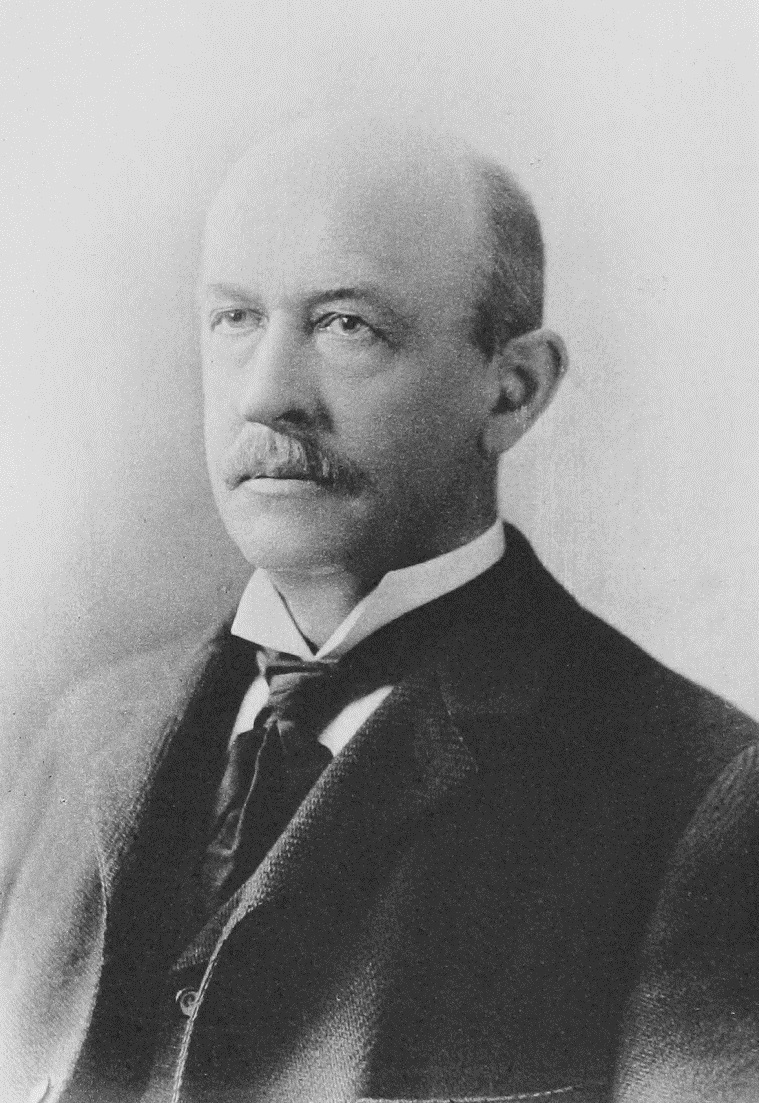|
Social Identity Theory
Social identity is the portion of an individual's self-concept derived from perceived membership in a relevant social group. As originally formulated by social psychologists Henri Tajfel and John Turner in the 1970s and the 1980s, social identity theory introduced the concept of a social identity as a way in which to explain intergroup behaviour. "Social identity theory explores the phenomenon of the 'ingroup' and 'outgroup', and is based on the view that identities are constituted through a process of difference defined in a relative or flexible way depends on the activities in which one engages" This theory is described as a theory that predicts certain intergroup behaviours on the basis of perceived group status differences, the perceived legitimacy and stability of those status differences, and the perceived ability to move from one group to another. This contrasts with occasions where the term "social identity theory" is used to refer to general theorizing about human ... [...More Info...] [...Related Items...] OR: [Wikipedia] [Google] [Baidu] |
Self-concept
In the psychology of self, one's self-concept (also called self-construction, self-identity, self-perspective or self-structure) is a collection of beliefs about oneself. Generally, self-concept embodies the answer to the question ''"Who am I?".'' Self-concept is distinguishable from self-awareness, which is the extent to which self-knowledge is defined, consistent, and currently applicable to one's attitudes and dispositions. Self-concept also differs from self-esteem: self-concept is a cognitive or descriptive component of one's self (e.g. "I am a fast runner"), while self-esteem is evaluative and opinionated (e.g. "I feel good about being a fast runner"). Self-concept is made up of one's self-schemas, and interacts with self-esteem, self-knowledge, and the social self to form the self as a whole. It includes the past, present, and future selves, where future selves (or possible selves) represent individuals' ideas of what they might become, what they would like to bec ... [...More Info...] [...Related Items...] OR: [Wikipedia] [Google] [Baidu] |
Social Psychology
Social psychology is the scientific study of how thoughts, feelings, and behaviors are influenced by the real or imagined presence of other people or by social norms. Social psychologists typically explain human behavior as a result of the relationship between mental states and social situations, studying the social conditions under which thoughts, feelings, and behaviors occur, and how these variables influence social interactions. History Although issues in social psychology have been discussed in philosophy for much of human history, the scientific discipline of social psychology formally began in the late 19th to early 20th century. 19th century In the 19th century, social psychology began to emerge from the larger field of psychology. At the time, many psychologists were concerned with developing concrete explanations for the different aspects of human nature. They attempted to discover concrete cause-and-effect relationships that explained social interactions. ... [...More Info...] [...Related Items...] OR: [Wikipedia] [Google] [Baidu] |
Social Mobility
Social mobility is the movement of individuals, families, households or other categories of people within or between social strata in a society. It is a change in social status relative to one's current social location within a given society. This movement occurs between layers or tiers in an open system of social stratification. Open stratification systems are those in which at least some value is given to achieved status characteristics in a society. The movement can be in a ''downward'' or ''upward'' direction. Markers for social mobility such as education and class, are used to predict, discuss and learn more about an individual or a group's mobility in society. Typology Mobility is most often quantitatively measured in terms of change in economic mobility such as changes in income or wealth. Occupation is another measure used in researching mobility which usually involves both quantitative and qualitative analysis of data, but other studies may concentrate on socia ... [...More Info...] [...Related Items...] OR: [Wikipedia] [Google] [Baidu] |
Self-interest
Self-interest generally refers to a focus on the needs or desires (''interests'') of one's self. Most times, actions that display self-interest are often performed without conscious knowing. A number of philosophical, psychological, and economic theories examine the role of self-interest in motivating human action. Individuals may have a self-serving bias towards their self-interest. In philosophy Philosophical concepts concerned with self-interest include: * Enlightened self-interest, a philosophy which states that acting to further the interests of others also serves one's own self-interest. * Ethical egoism, the ethical position that moral agents ''ought'' to do what is in their own self-interest. * Hedonism, the school of ethics which argues that pleasure is the only intrinsic good. ** Cyrenaics, the Aristippean pre-Socratic original. ** Epicureanism, a philosophical system related to hedonism. * Individualism, a philosophy stressing the worth of individual selves. * R ... [...More Info...] [...Related Items...] OR: [Wikipedia] [Google] [Baidu] |
In-group And Out-group
In sociology and social psychology, an in-group is a social group to which a person psychologically identifies as being a member. By contrast, an out-group is a social group with which an individual does not identify. People may for example identify with their peer group, family, community, sports team, political party, gender, sexual orientation, religion, or nation. It has been found that the psychological membership of social groups and categories is associated with a wide variety of phenomena. The terminology was made popular by Henri Tajfel and colleagues beginning in the 1970s during his work in formulating social identity theory. The significance of in-group and out-group categorization was identified using a method called the minimal group paradigm. Tajfel and colleagues found that people can form self-preferencing in-groups within a matter of minutes and that such groups can form even on the basis of completely arbitrary and invented discriminatory characteristics, s ... [...More Info...] [...Related Items...] OR: [Wikipedia] [Google] [Baidu] |
Minimal Group Paradigm
The minimal group paradigm is a method employed in social psychology. Although it may be used for a variety of purposes, it is best known as a method for investigating the minimal conditions required for discrimination to occur between groups. Experiments using this approach have revealed that even arbitrary distinctions between groups, such as preferences for certain paintings, or the color of their shirts, can trigger a tendency to favor one's own group at the expense of others, even when it means sacrificing in-group gain.Tajfel, H. (1974). Social Identity and Intergroup Behavior . Methodology Although there are some variations, the traditional minimal group study consists of two phases. In the first phase, participants are randomly and anon ...[...More Info...] [...Related Items...] OR: [Wikipedia] [Google] [Baidu] |
Social Identity Theory
Social identity is the portion of an individual's self-concept derived from perceived membership in a relevant social group. As originally formulated by social psychologists Henri Tajfel and John Turner in the 1970s and the 1980s, social identity theory introduced the concept of a social identity as a way in which to explain intergroup behaviour. "Social identity theory explores the phenomenon of the 'ingroup' and 'outgroup', and is based on the view that identities are constituted through a process of difference defined in a relative or flexible way depends on the activities in which one engages" This theory is described as a theory that predicts certain intergroup behaviours on the basis of perceived group status differences, the perceived legitimacy and stability of those status differences, and the perceived ability to move from one group to another. This contrasts with occasions where the term "social identity theory" is used to refer to general theorizing about human ... [...More Info...] [...Related Items...] OR: [Wikipedia] [Google] [Baidu] |
Motivation
Motivation is the reason for which humans and other animals initiate, continue, or terminate a behavior at a given time. Motivational states are commonly understood as forces acting within the agent that create a disposition to engage in goal-directed behavior. It is often held that different mental states compete with each other and that only the strongest state determines behavior. This means that we can be motivated to do something without actually doing it. The paradigmatic mental state providing motivation is desire. But various other states, such as beliefs about what one ought to do or intentions, may also provide motivation. Motivation is derived from the word 'motive', which denotes a person's needs, desires, wants, or urges. It is the process of motivating individuals to take action in order to achieve a goal. The psychological elements fueling people's behavior in the context of job goals might include a desire for money. Various competing theories have been proposed c ... [...More Info...] [...Related Items...] OR: [Wikipedia] [Google] [Baidu] |
Social Structure
In the social sciences, social structure is the aggregate of patterned social arrangements in society that are both emergent from and determinant of the actions of individuals. Likewise, society is believed to be grouped into structurally related groups or sets of roles, with different functions, meanings, or purposes. Examples of social structure include family, religion, law, economy, and class. It contrasts with " social system", which refers to the parent structure in which these various structures are embedded. Thus, social structures significantly influence larger systems, such as economic systems, legal systems, political systems, cultural systems, etc. Social structure can also be said to be the framework upon which a society is established. It determines the norms and patterns of relations between the various institutions of the society. Since the 1920s, the term has been in general use in social science, especially as a variable whose sub-components needed to be d ... [...More Info...] [...Related Items...] OR: [Wikipedia] [Google] [Baidu] |
Cognition
Cognition refers to "the mental action or process of acquiring knowledge and understanding through thought, experience, and the senses". It encompasses all aspects of intellectual functions and processes such as: perception, attention, thought, intelligence, the formation of knowledge, memory and working memory, judgment and evaluation, reasoning and computation, problem solving and decision making, comprehension and production of language. Imagination is also a cognitive process, it is considered as such because it involves thinking about possibilities. Cognitive processes use existing knowledge and discover new knowledge. Cognitive processes are analyzed from different perspectives within different contexts, notably in the fields of linguistics, musicology, anesthesia, neuroscience, psychiatry, psychology, education, philosophy, anthropology, biology, systemics, logic, and computer science. These and other approaches to the analysis of cognition (such as embodied ... [...More Info...] [...Related Items...] OR: [Wikipedia] [Google] [Baidu] |
Interpersonal Relationship
The concept of interpersonal relationship involves social associations, connections, or affiliations between two or more people. Interpersonal relationships vary in their degree of intimacy or self-disclosure, but also in their duration, in their reciprocity and in their power distribution, to name only a few dimensions. The context can vary from family or kinship relations, friendship, marriage, relations with associates, employment, work, Club (organization), clubs, neighborhoods, and places of worship. Relationships may be regulated by law, norm (sociology), custom, or mutual agreement, and form the basis of social groups and of society as a whole. Interpersonal relationships are created by people's interactions with one another in social situations. This association of interpersonal relations being based on social situation has inference since in some degree love, solidarity, support, regular Commerce, business interactions, or some other type of social connection or commi ... [...More Info...] [...Related Items...] OR: [Wikipedia] [Google] [Baidu] |








